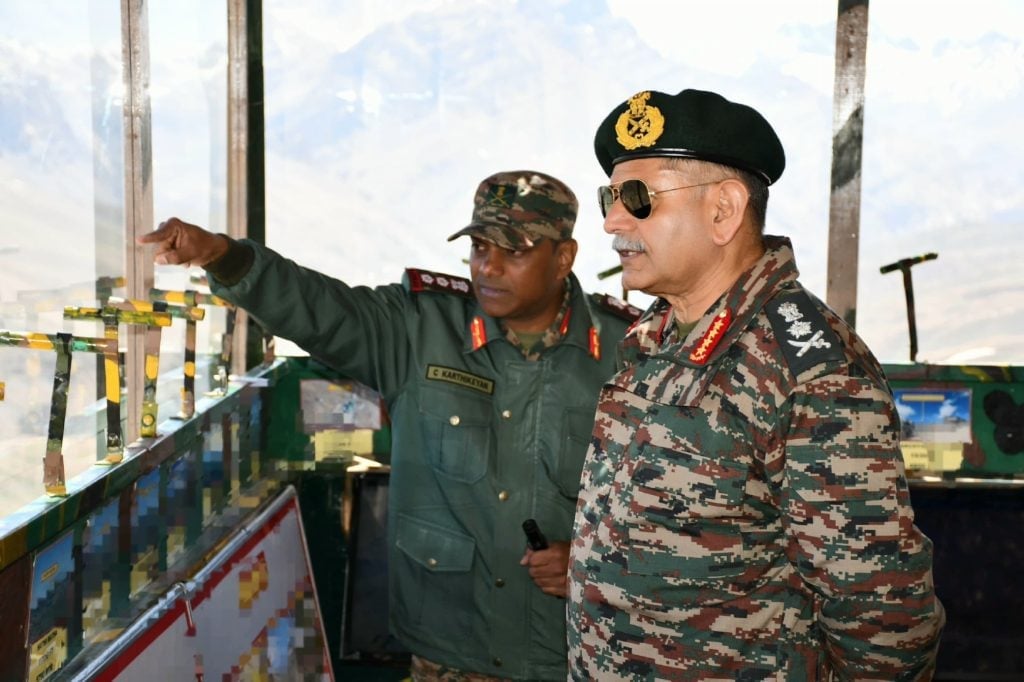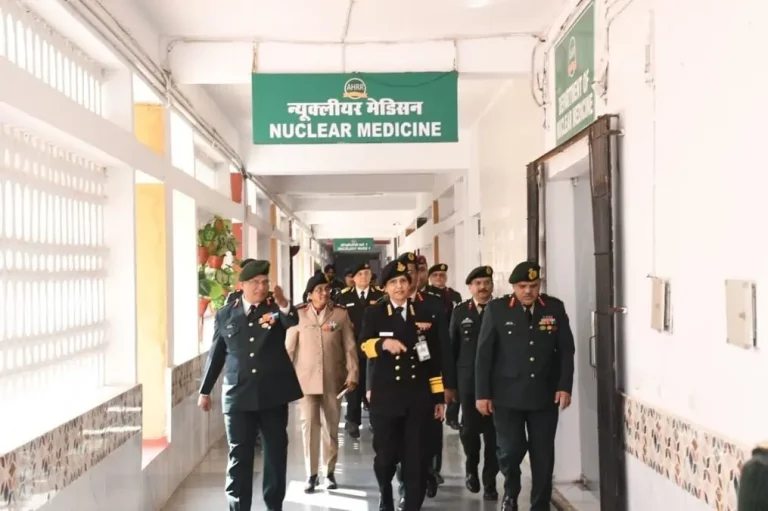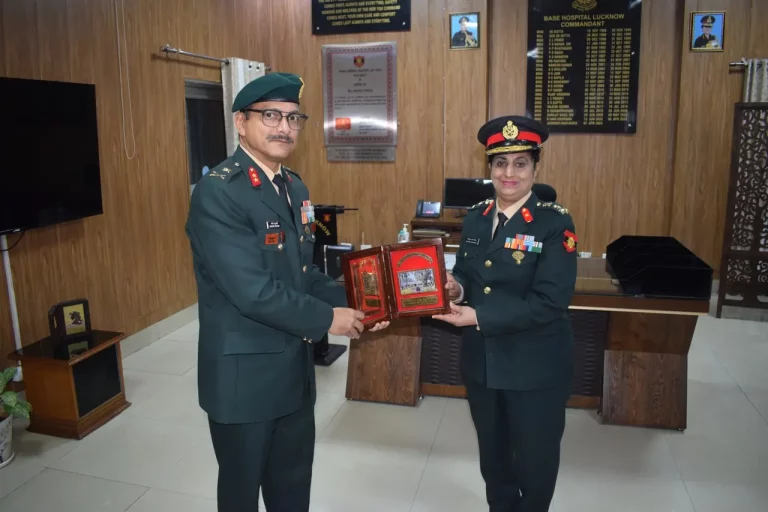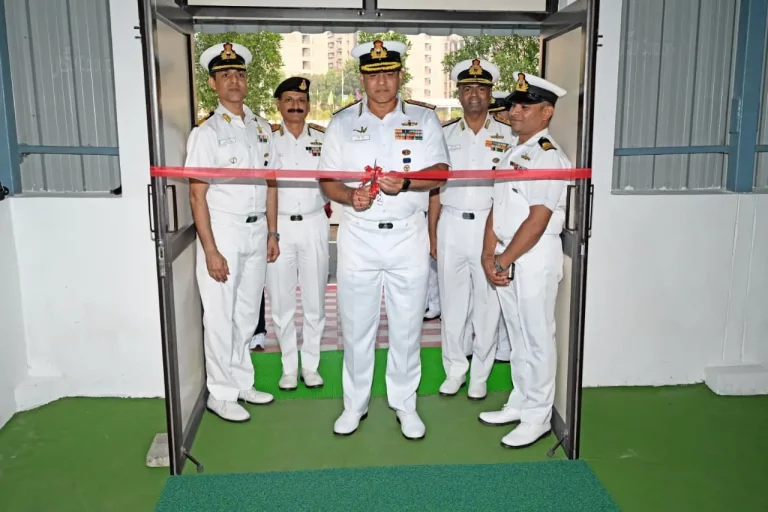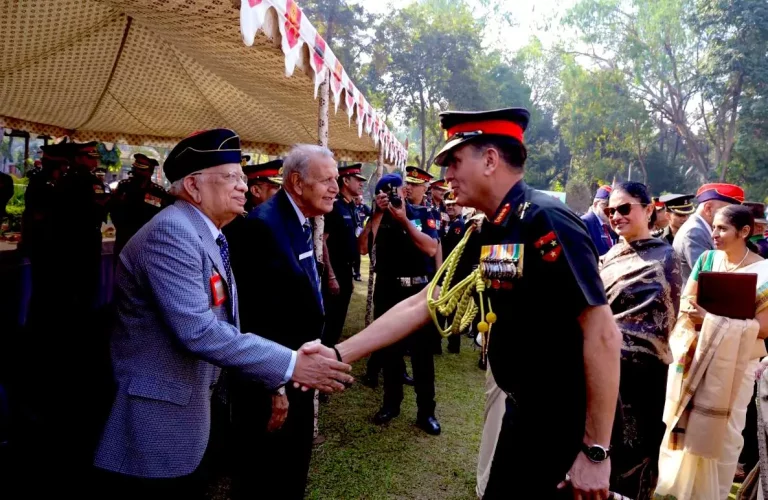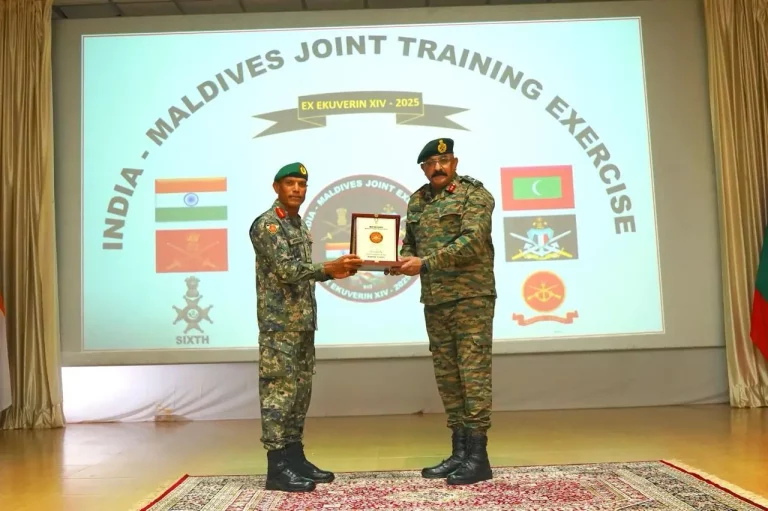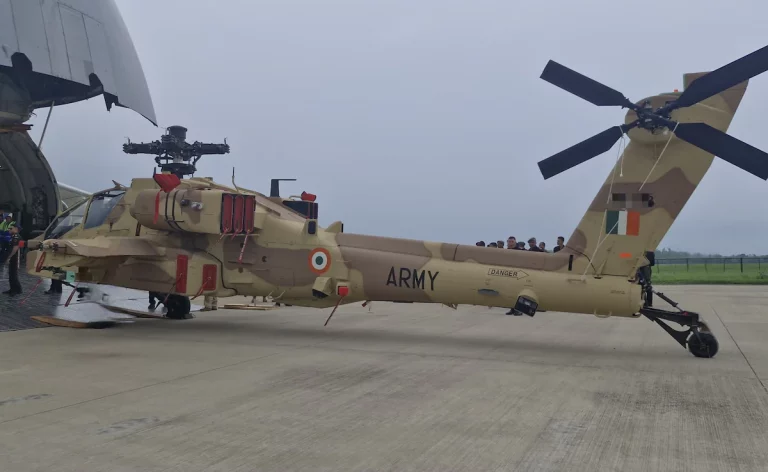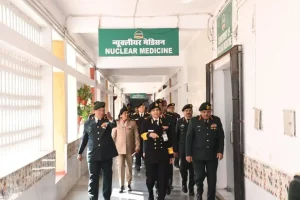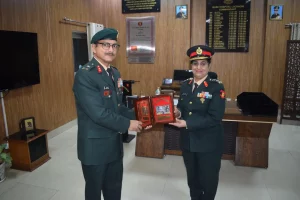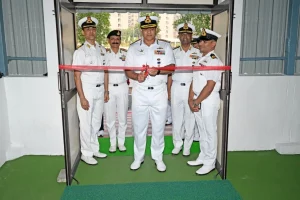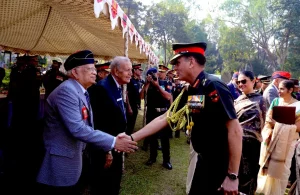In a significant move to assess the security landscape along the sensitive border with Tibet, Chief of Army Staff General Upendra Dwivedi undertook a visit to forward posts in Uttarakhand. This region, pivotal to India’s northern defense strategy since the tumultuous 1962 Sino-Indian War, underscores the strategic depth of military operations in the area.
During the visit, General Dwivedi engaged with troops from the Indian Army and the Indo-Tibetan Border Police (ITBP). He commended their unwavering dedication and resilience in the challenging high-altitude environment, acknowledging their joint efforts in maintaining a robust security framework. Emphasizing the importance of synergy between the Indian Army and ITBP, he highlighted their essential roles in border management while advocating for community engagement based on the ethos of “Development through active involvement.”
A key highlight of General Dwivedi’s itinerary was a focus on integrating technology within operational frameworks, aligning with the Indian Army’s objective of modernization under themes such as the “Year of Tech Absorption” and “Decade of Transformation.” Known for his advocacy of automation and niche technologies during his previous commands, General Dwivedi underscored the necessity of adopting advanced systems to enhance defense capabilities, especially in challenging terrains and amidst evolving security threats.
The visit was marked by comprehensive operational briefings, consultations with commanding officers, and interactions with veterans, all of which reinforced the Indian Army’s commitment to both preparedness and troop morale. General Dwivedi’s engagement served as a testament to the Army’s unwavering resolve to safeguard the nation’s frontiers, blending traditional military strength with a forward-thinking approach to innovation and technology in defence.
